Settle in. Today we are chatting fats, namely healthy fat. But all types of fats, too.
With so much talk about good fat vs. bad fat, saturated fats vs. monounsaturated fats vs. polyunsaturated fats, it’s understandable why people are confused!
What are fats? What foods are healthy from a “fat” perspective? How is fat even digested? I mean, literally, there is so much information and conversation to be had with regards to fat.
I’ll do my best to help you understand more about fats.
Healthy Fat
Click HERE to save this post for later.
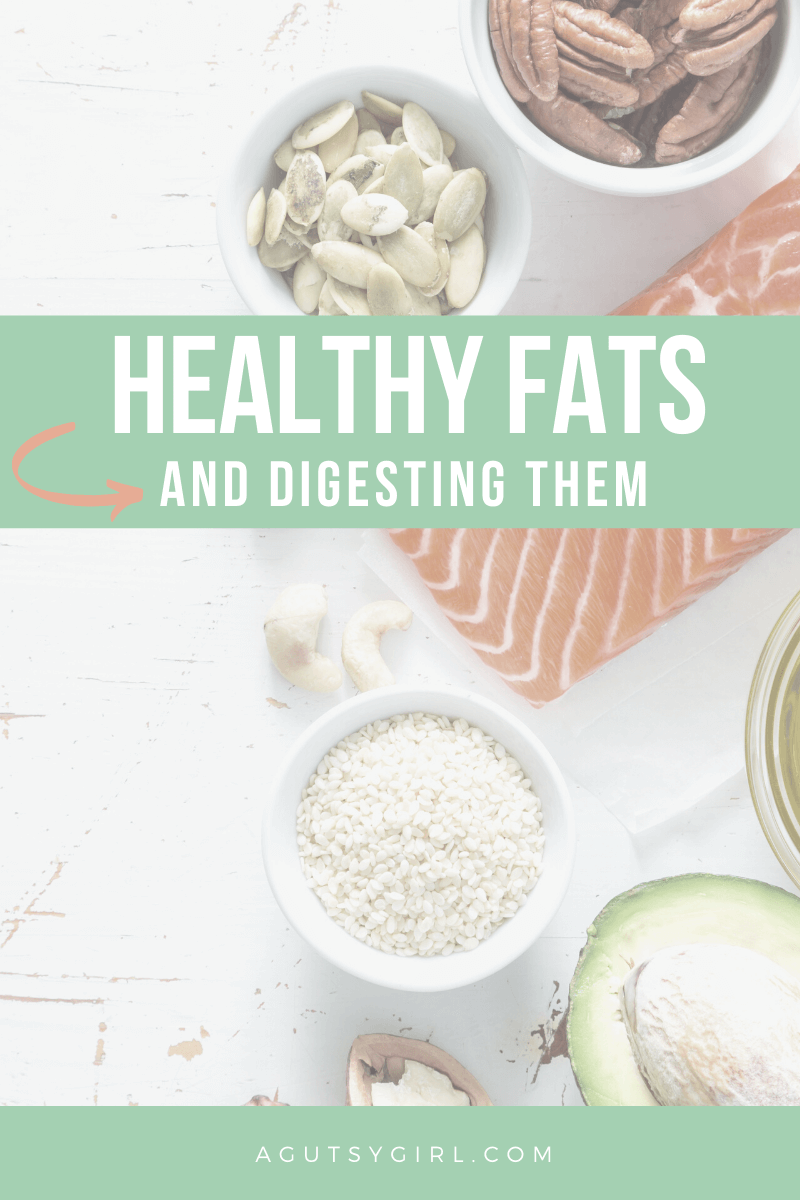
I titled this post healthy fat because, honestly, fat is healthy.
Anyways, for the most part it is. Minus trans-fats, I believe in the power of fats.
Now, of course there are people and situations where fats don’t work. Yes, this is a real thing. But for the majority of you, fat is good.
Fat is also essential. Sugar is not essential; fat is.
And yet, for YEARS, the low-fat movement was the “it” diet. But what happens when something is low fat? Typically it’s also higher in carbs and sugar. And then what happened? Right. We, as a society, actually became unhealthier.
Fat is critical for things like your hormones, brain function, hair and skin quality, and even blood sugar stability.
Let’s discuss the four major fat groups in the foods we eat.
Note: All fat definitions below were taken from the American Heart Association for consistency.
Monounsaturated Fat
From a chemical standpoint, monounsaturated fats are simply fat molecules that have one unsaturated carbon bond in the molecule, this is also called a double bond.
Oils that contain monounsaturated fats are typically liquid at room temperature but start to turn solid when chilled.
Olive oil is an example of a type of oil that contains monounsaturated fats.
Monounsaturated Fat Foods
You may also see these written as MUFAs (monounsaturated fatty acids).
- Olive, canola, peanut, and sesame oils
- Avocados
- Olives
- Nuts and nut butters (almonds, peanuts, macadamia, hazelnuts, pecans, cashews)
- Peanut butter
Polyunsaturated Fat
From a chemical standpoint, polyunsaturated fats are simply fat molecules that have more than one unsaturated carbon bond in the molecule, this is also called a double bond.
Oils that contain polyunsaturated fats are typically liquid at room temperature but start to turn solid when chilled.
Olive oil is an example of a type of oil that contains polyunsaturated fats.
Polyunsaturated Fat Foods
You may also see these written as PUFAs (polyunsaturated fatty acids).
- Sunflower, sesame, and pumpkin seeds
- Flaxseed
- Walnuts
- Fatty fish (salmon, tuna, mackerel, herring, trout, sardines) and fish oil
- Soybean and safflower oil
- Soymilk
- Tofu
Note: Omega-3 fatty acids are a type of polyunsaturated fats. They include foods like:
- Anchovies
- Herring
- Salmon
- Mackerel
- Sardines
- Trout
- Tuna
- Mussels
- Oysters
- Halibut
- Algae such as seaweed (high in EPA and DHA)
- Eggs (small amounts of DHA)
- Flaxseeds and flaxseed oil
- Chia seeds
- Canola and soybean oil
- Walnuts
- Mayonnaise
- Edamame
- Beans (refried, kidney, etc.)
- Brussels sprouts
- Kale
- Spinach
Also, omega-3 fatty acids are great for reducing inflammation, which is why the following were included in The Leaky Gut Meal Plan: salmon, tuna, eggs, flax, chia, walnuts, Brussels, kale, and spinach.
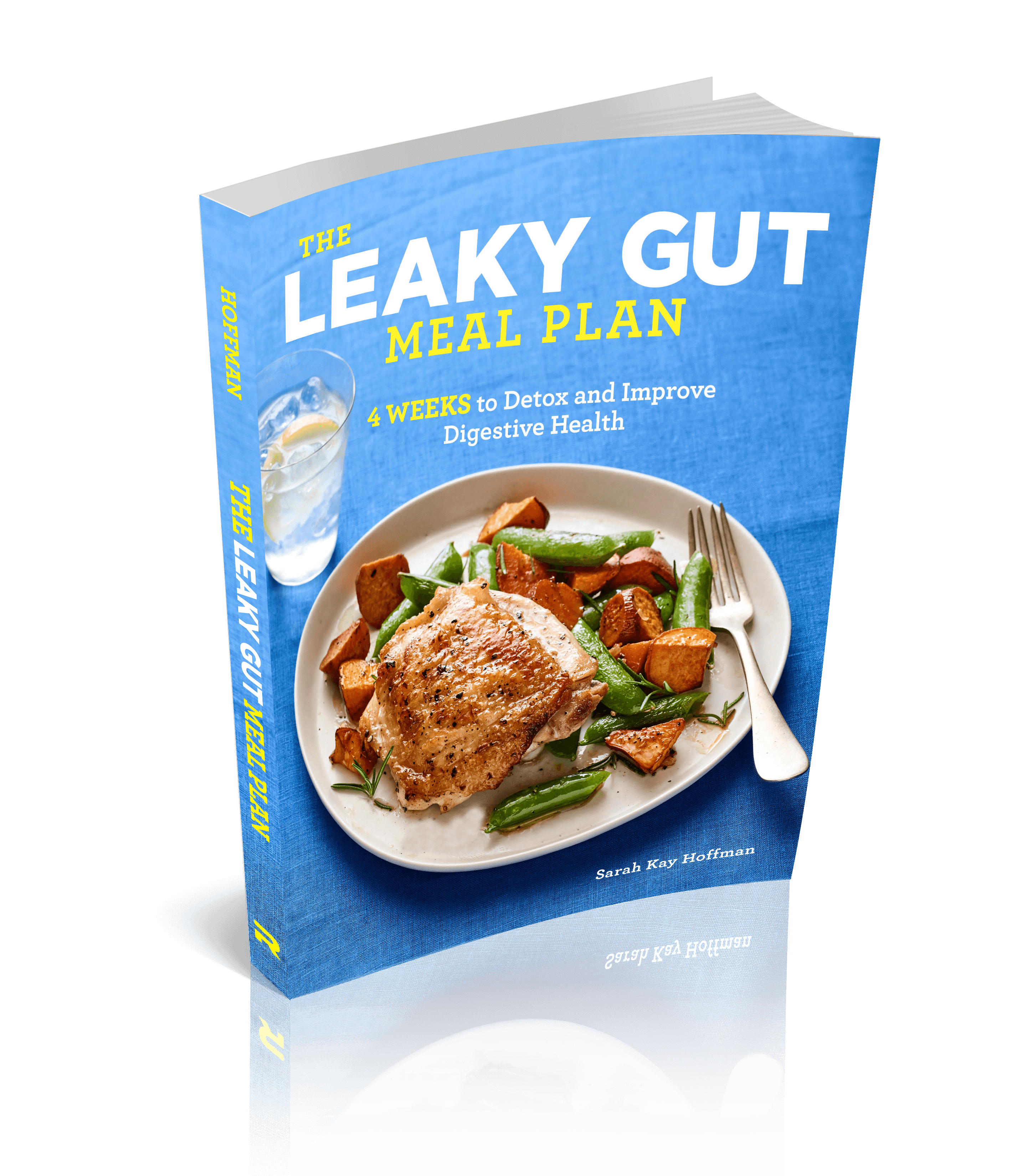
It’s also why A Gutsy Girl came out with the More Omega supplement 🙂

By the way, just because something is deemed a “good fat,” doesn’t mean it’s good for you personally or good period.
For example, soy. I don’t believe that soy should be a main source of “good fat” in anyone’s diet; definitely not mine.
And what about nuts if you have an autoimmune condition? Again, maybe not right for you – at least not right now.
Fats to Avoid
So, what are the fats to avoid?
Trans Fat
There are two broad types of trans fats found in foods: naturally-occurring and artificial trans fats.
Naturally-occurring trans fats are produced in the gut of some animals and foods made from these animals (e.g., milk and meat products) may contain small quantities of these fats.
Artificial trans fats (or trans fatty acids) are created in an industrial process that adds hydrogen to liquid vegetable oils to make them more solid.
Trans Fat Foods
- Commercially-baked pastries, cookies, doughnuts, muffins, cakes, pizza dough
- Packaged snack foods (crackers, microwave popcorn, chips)
- Stick margarine, vegetable shortening
- Fried foods (French fries, fried chicken, chicken nuggets, breaded fish)
- Anything containing hydrogenated or partially hydrogenated vegetable oil, even if it claims to be “trans fat-free”
Subjective Fats
I put this fat in a category of its own.
The American Heart Association (and others) say it’s “bad.” But that is very subjective. Personally? I don’t agree. So I just put it in its own subjective fats category.
If you want to read more of my thoughts on Coconut Oil, check out a post I wrote called Food Questions and Answers.
Saturated Fat
From a chemical standpoint, saturated fats are simply fat molecules that have no double bonds between carbon molecules because they are saturated with hydrogen molecules.
Saturated fats are typically solid at room temperature.
Saturated Fat Foods
- Red meat (beef, lamb, pork)
- Chicken skin
- Whole-fat dairy products (milk, cream, cheese)
- Butter
- Ice cream
- Lard
- Tropical oils such as coconut and palm oil
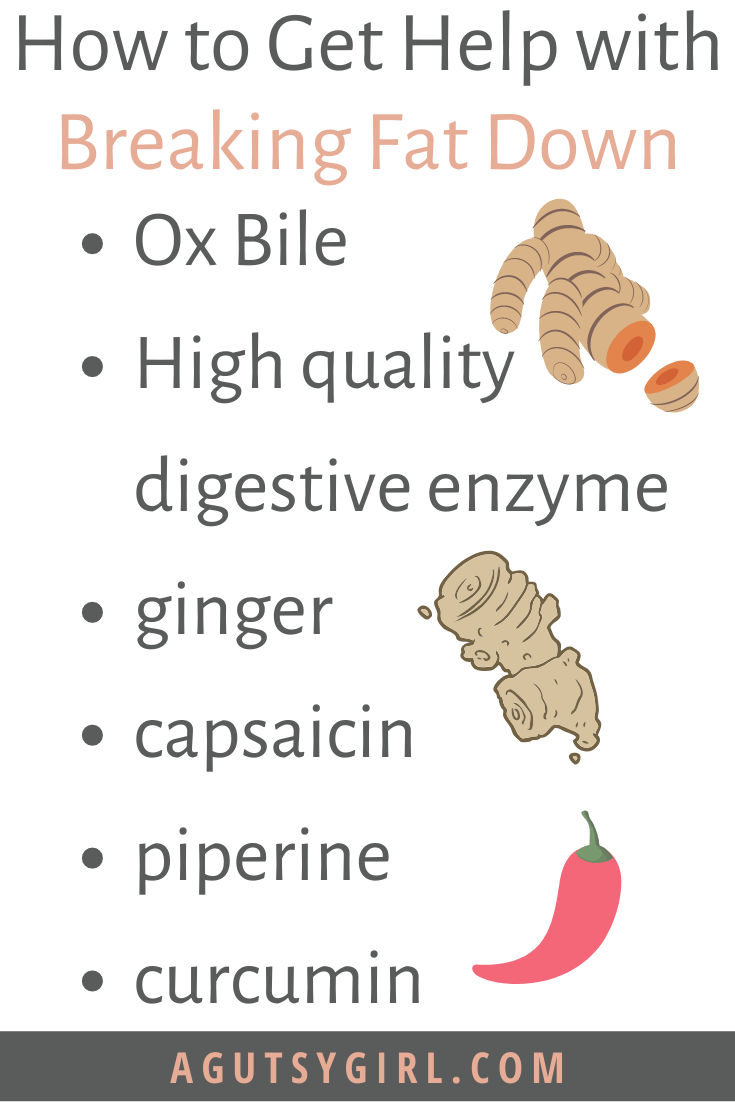
How to Get Help with Breaking Fat Down
Not everyone has an easy time digesting and/or absorbing fat.
Fat digestion is difficult, but it then has to be able to absorb the fat nutrients appropriately. Without absorption, you won’t reap the benefits.
In case you don’t digest fat appropriately, here are some ways that might aid fat digestion:
Ox Bile
I’ve talked about the Ox Bile supplement many times.
Bile is a green colored digestive enzyme that helps break down fats. It acts as an emulsifier to help prevent fats from clumping. And it is stored in the gallbladder until it understands that it must be digested.
If you have problems breaking fat down and are not properly absorbing it, this is a common supplement practitioners recommend. I used to take THIS ONE.
HERE are more to check out.
High-quality digestive enzyme
Lipase is the enzyme which breaks fat down.
If you take a high-quality digestive enzyme, it will contain lipase.
Learn more about digestive enzymes.
Natural food sources
And yes, even food sources contain properties which can aid in fat breakdown.
- ginger
- capsaicin
- piperine
- curcumin
- and many/all of THESE
Certainty on Fats
One thing I know is certain: Fat is not the enemy.
The only “enemy” in the fat debate is a lack of information and education on fats.
In case you want even more information on fats, check out some of my favorite fat resources:
- Food Questions and Answers
- Brain Starvation: Could Boys Be Suffering
- A Complete Vegetarian Guide to the Ketogenic Diet
- Wheat Belly
- The Great Cholesterol Myth
- Why Dietary Fat is NOT the Enemy
And here is a video I made back in the 1800’s (okay, obviously not, but a super long time ago).
Updated in 2018: The video mentions Artisana Coconut Butter and Pure Cod Liver Oil. Today I enjoy many more fats beyond that, and they were critical in my gut healing efforts. I consume everything from avocado to cod liver oil to coconut oil to olive oil and more.
If you liked this post, you might also enjoy:
- A Gutsy Girl podcast
- Three Day Detox Plan {a gut reset without feeling miserable}
- Home Remedies for Diverticulitis {+ Episode 64 with Joanna Fowler}
Xox,
SKH

🤰 bloating be gone! weight loss through optimal gut health for women
💃ʜᴇᴀʟ ʏᴏᴜʀ ɢᴜᴛ. ʜᴇᴀʟ ʏᴏᴜʀ ʟɪfe.
🫶🏻 founder gutbyome.com




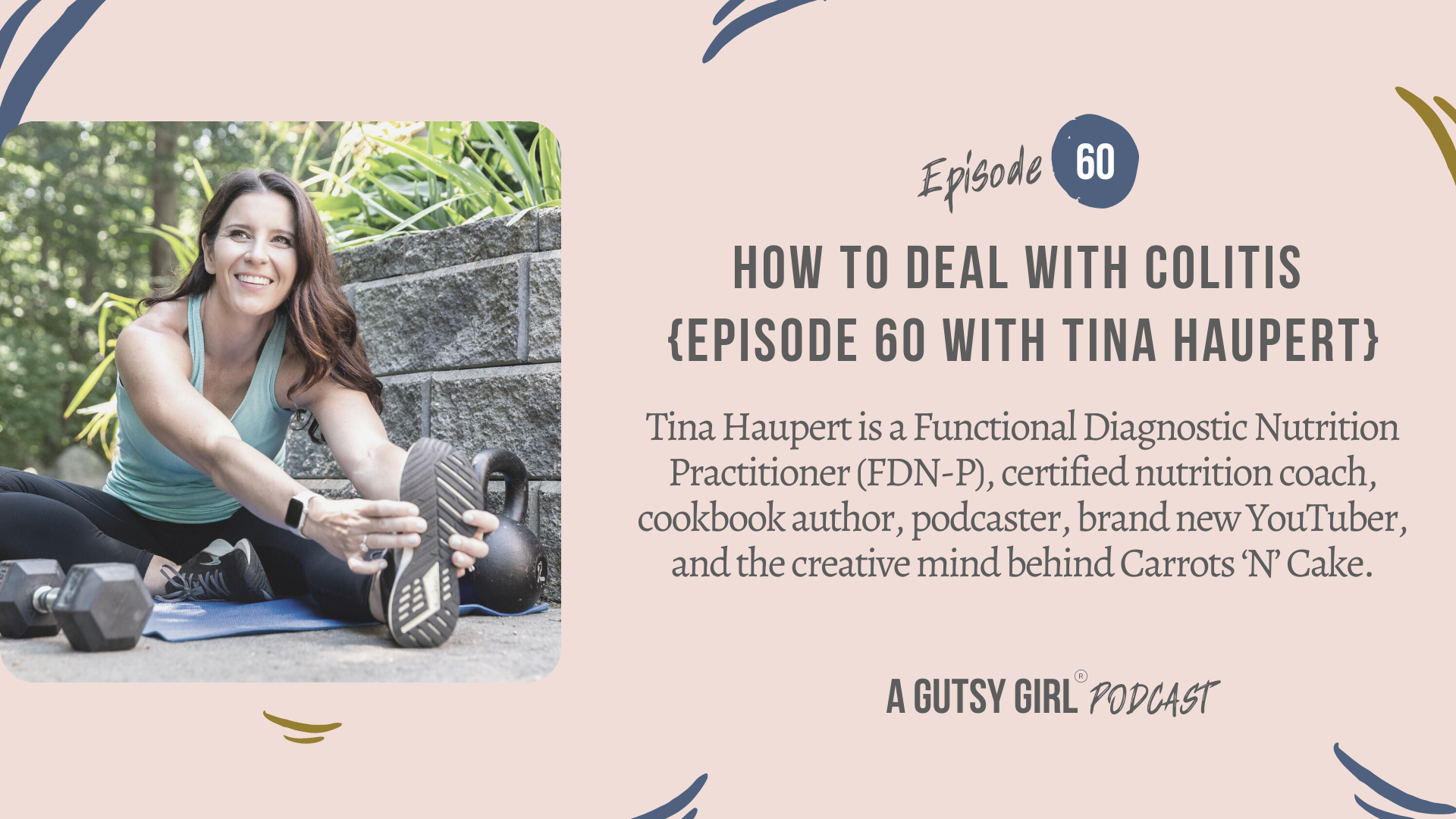
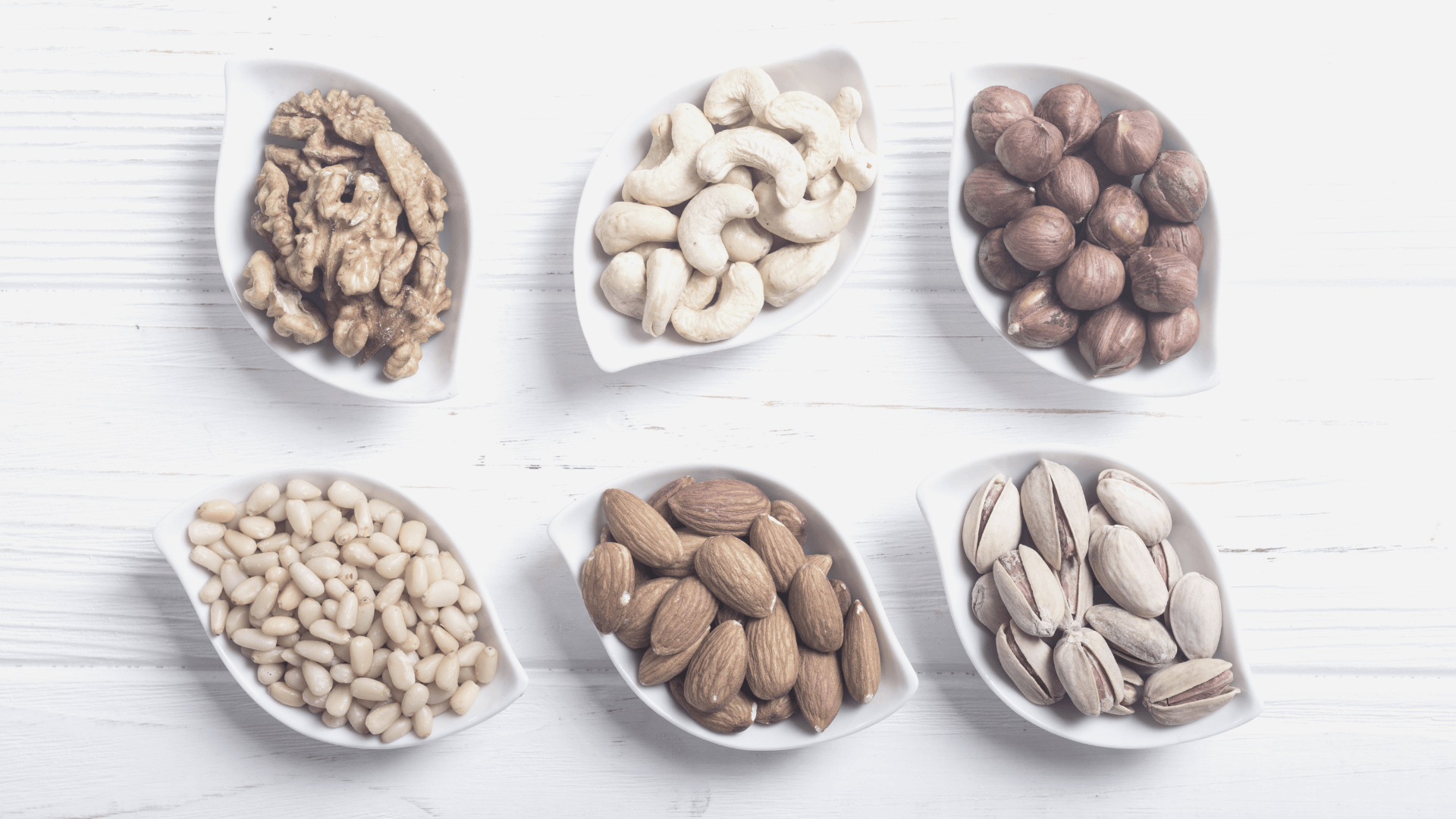

One Comment
Comments are closed.